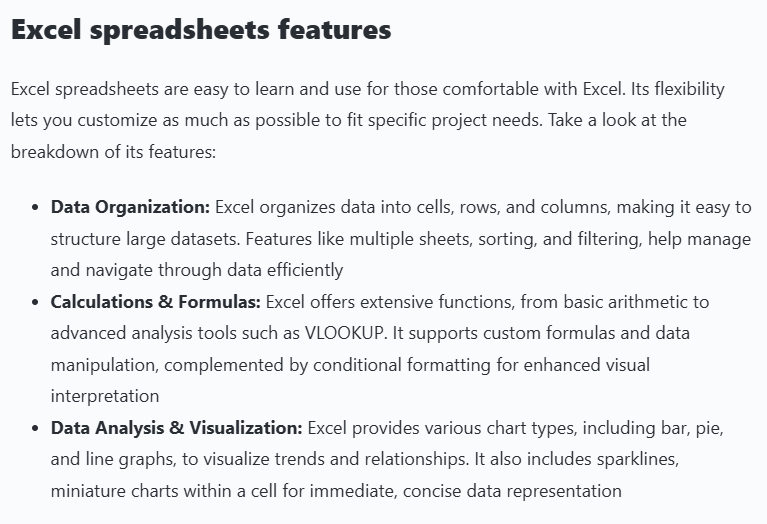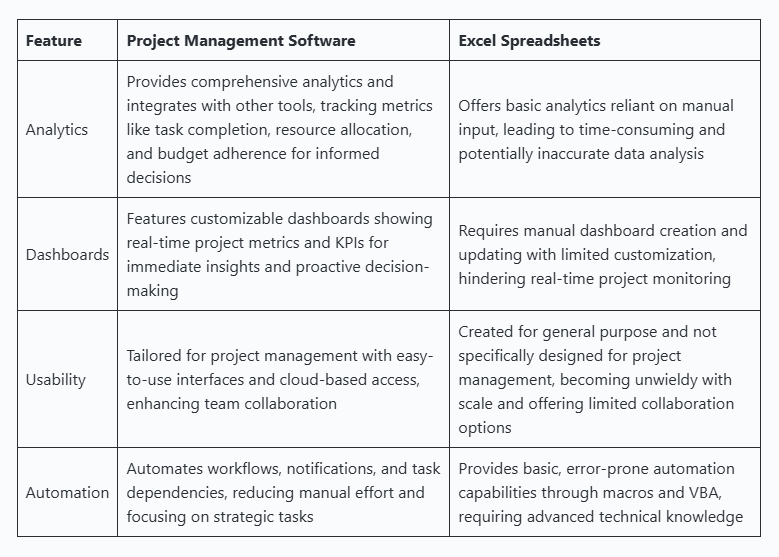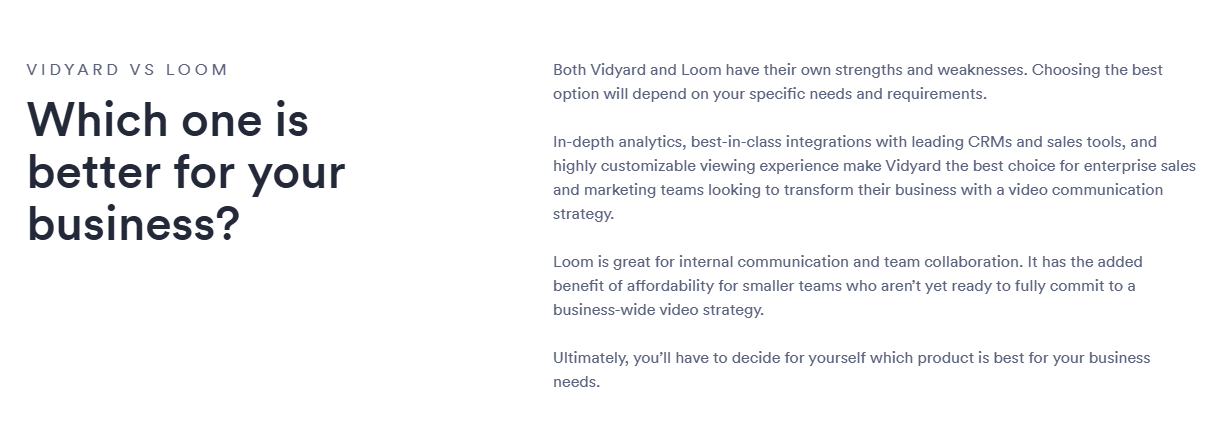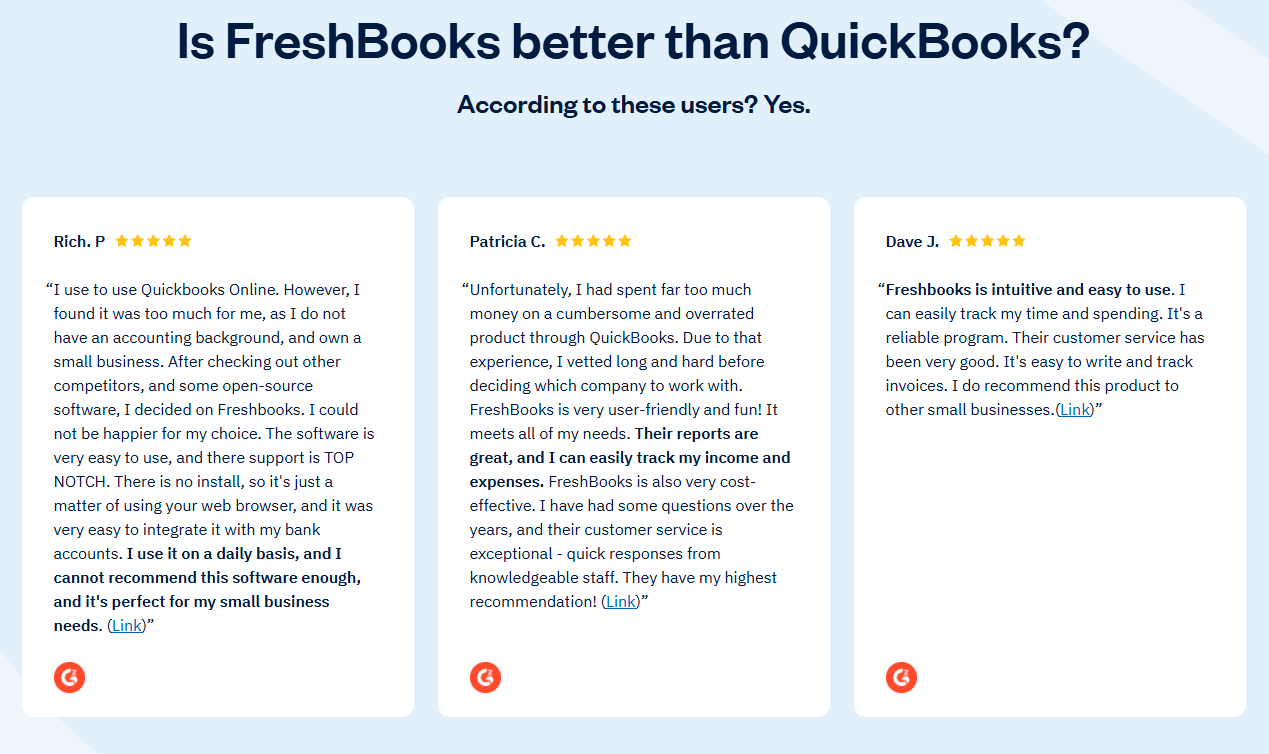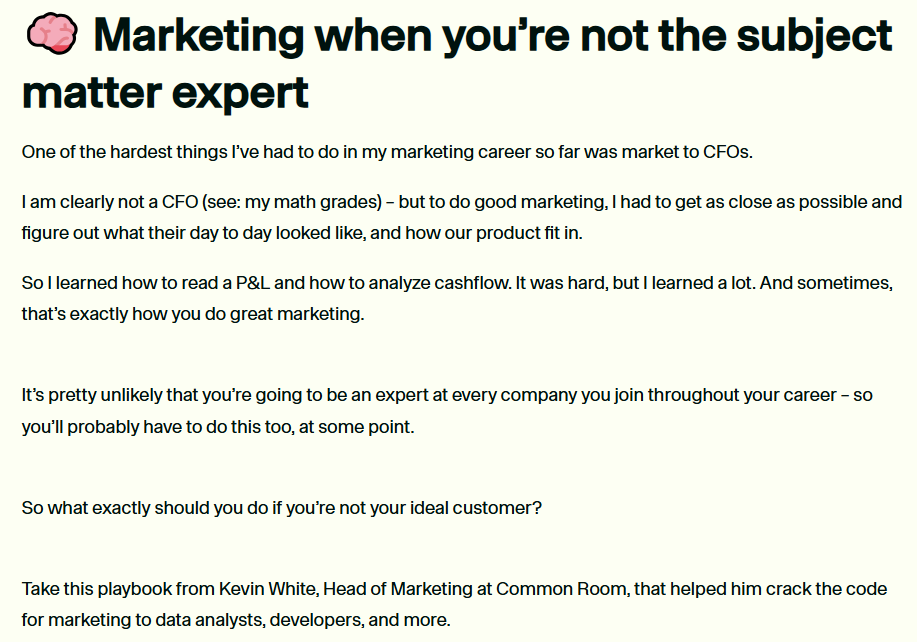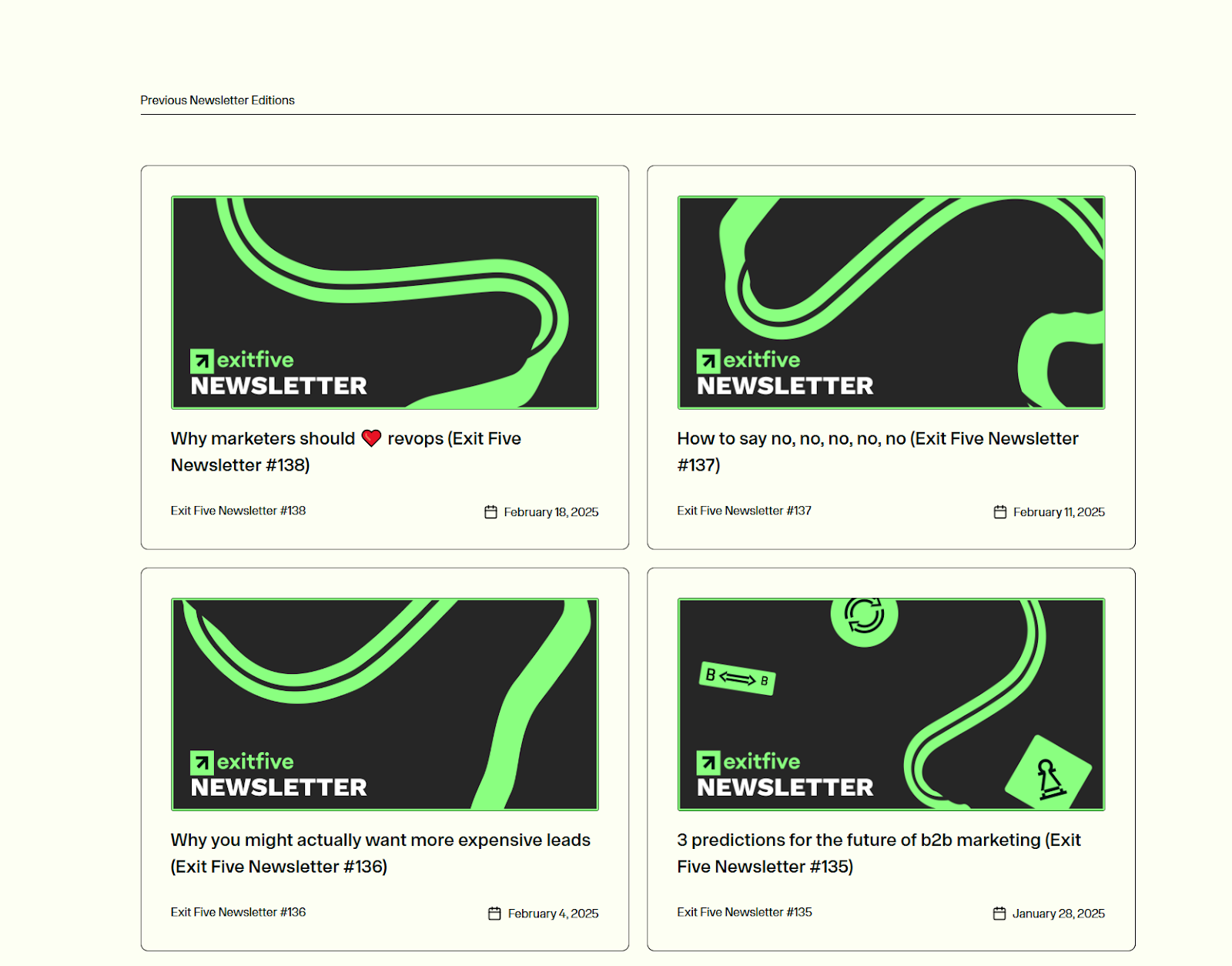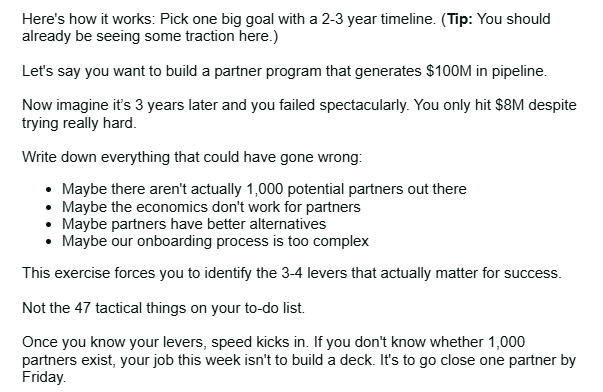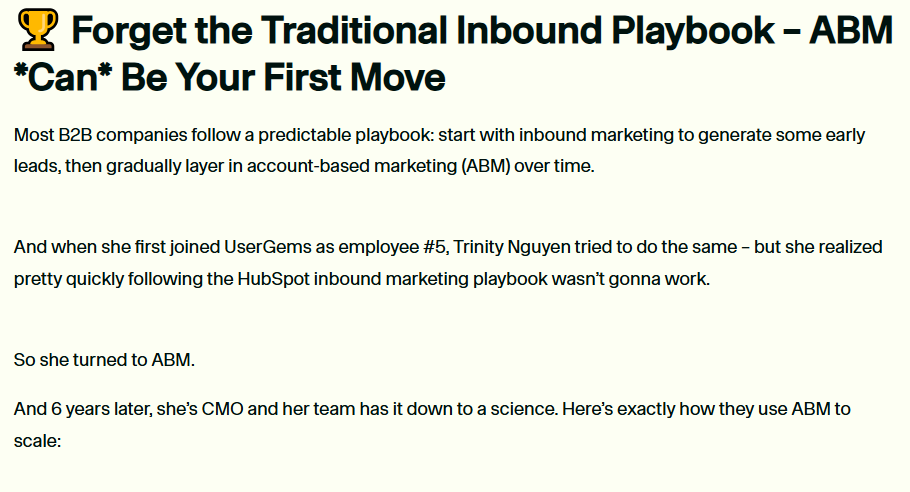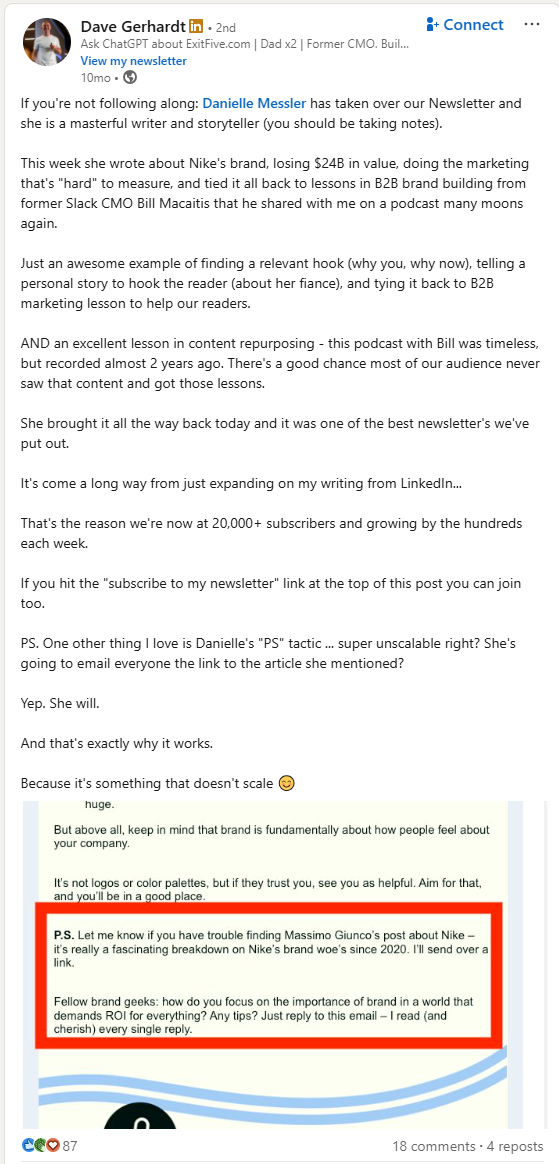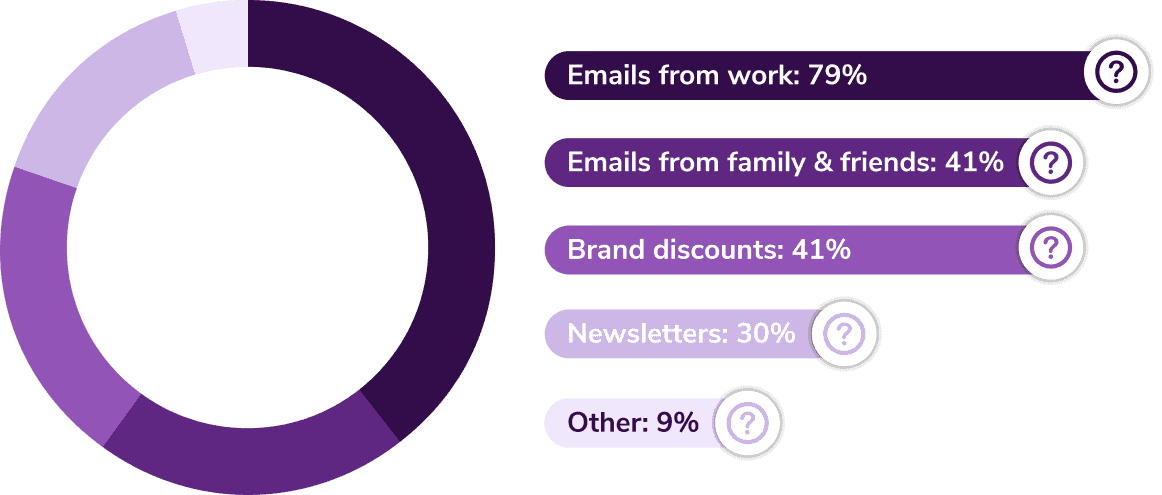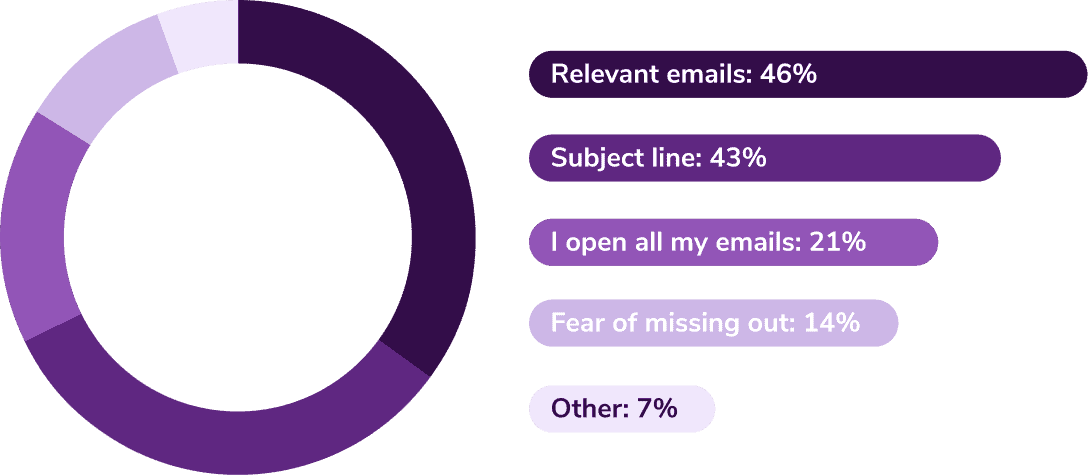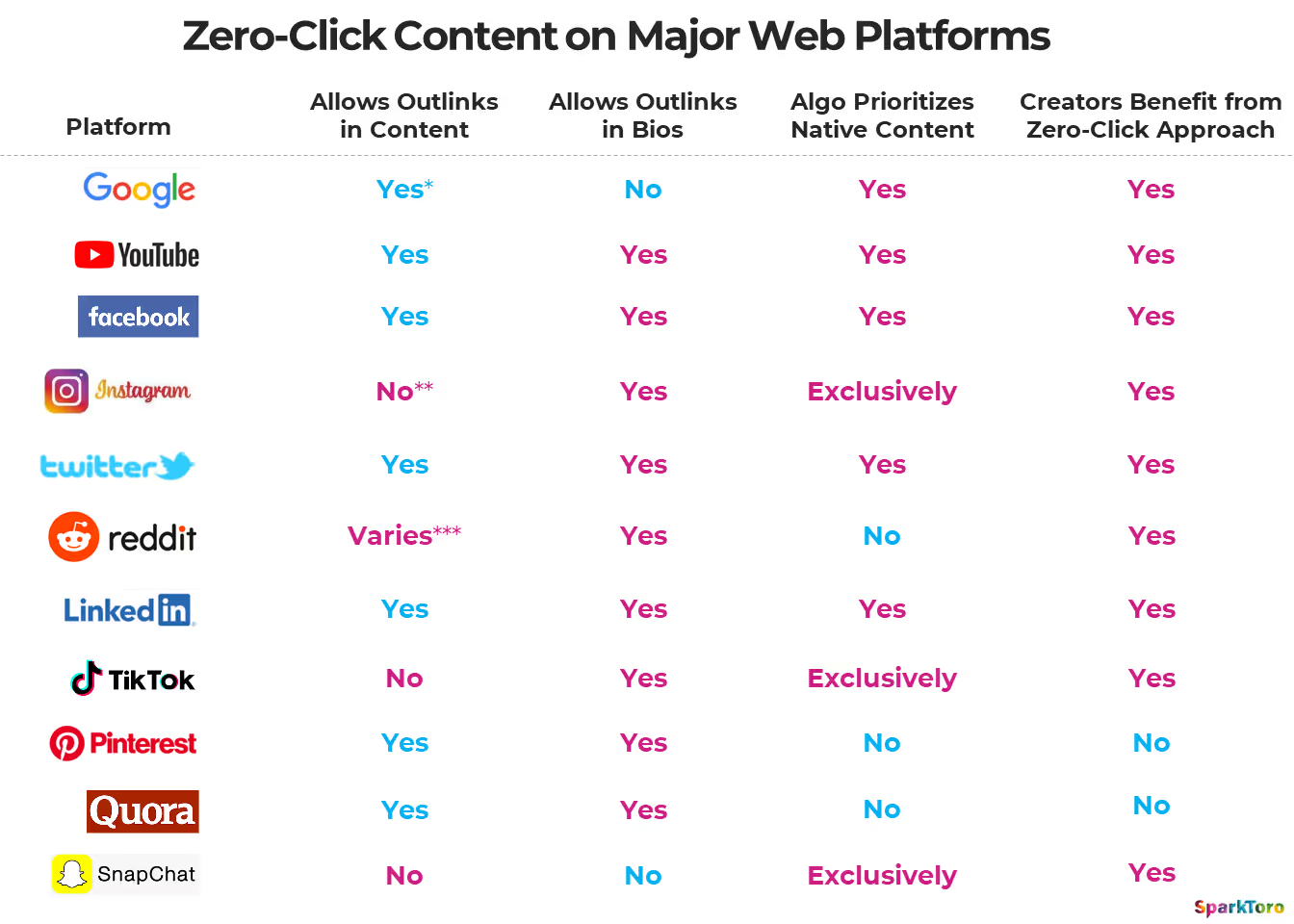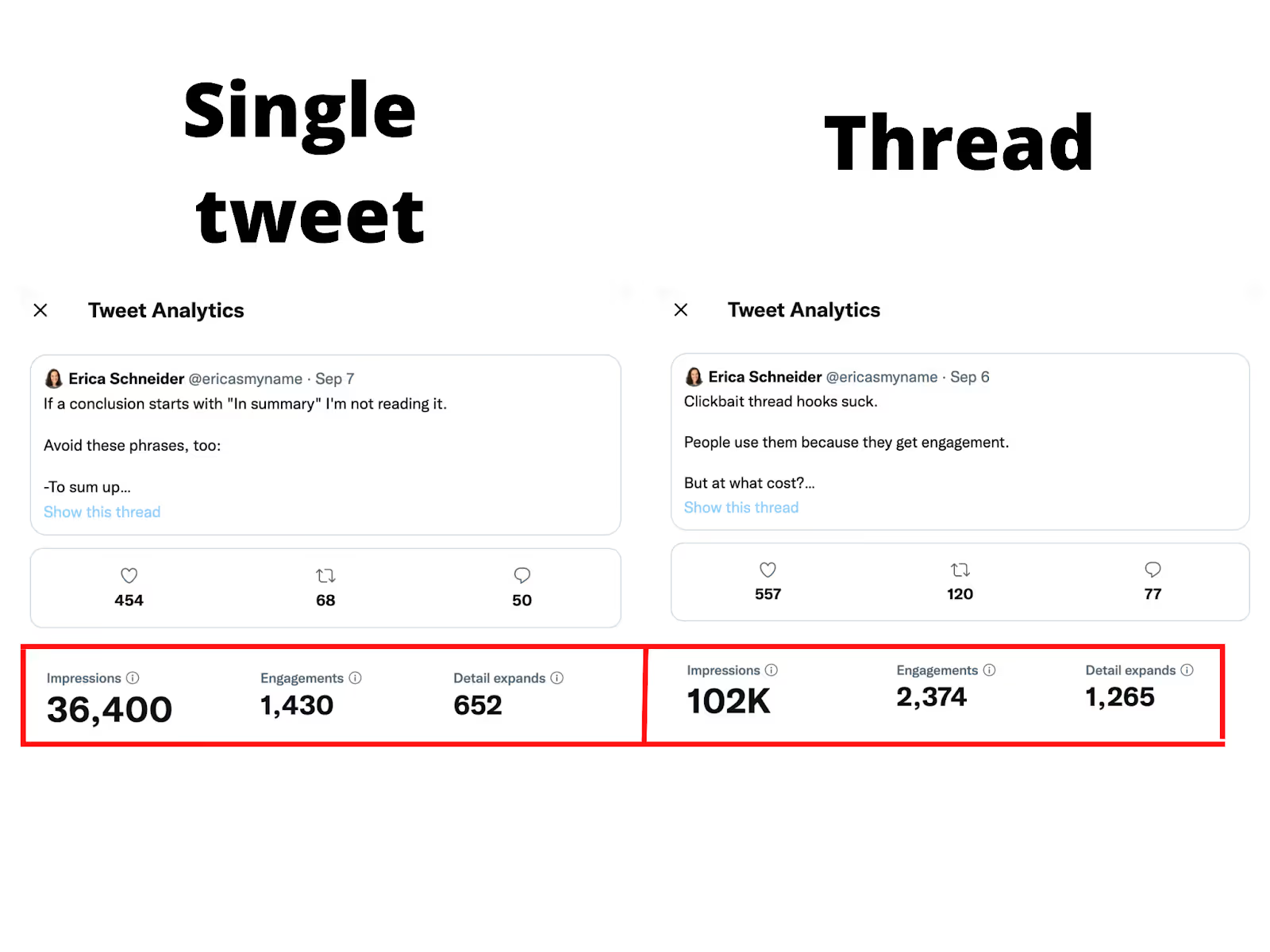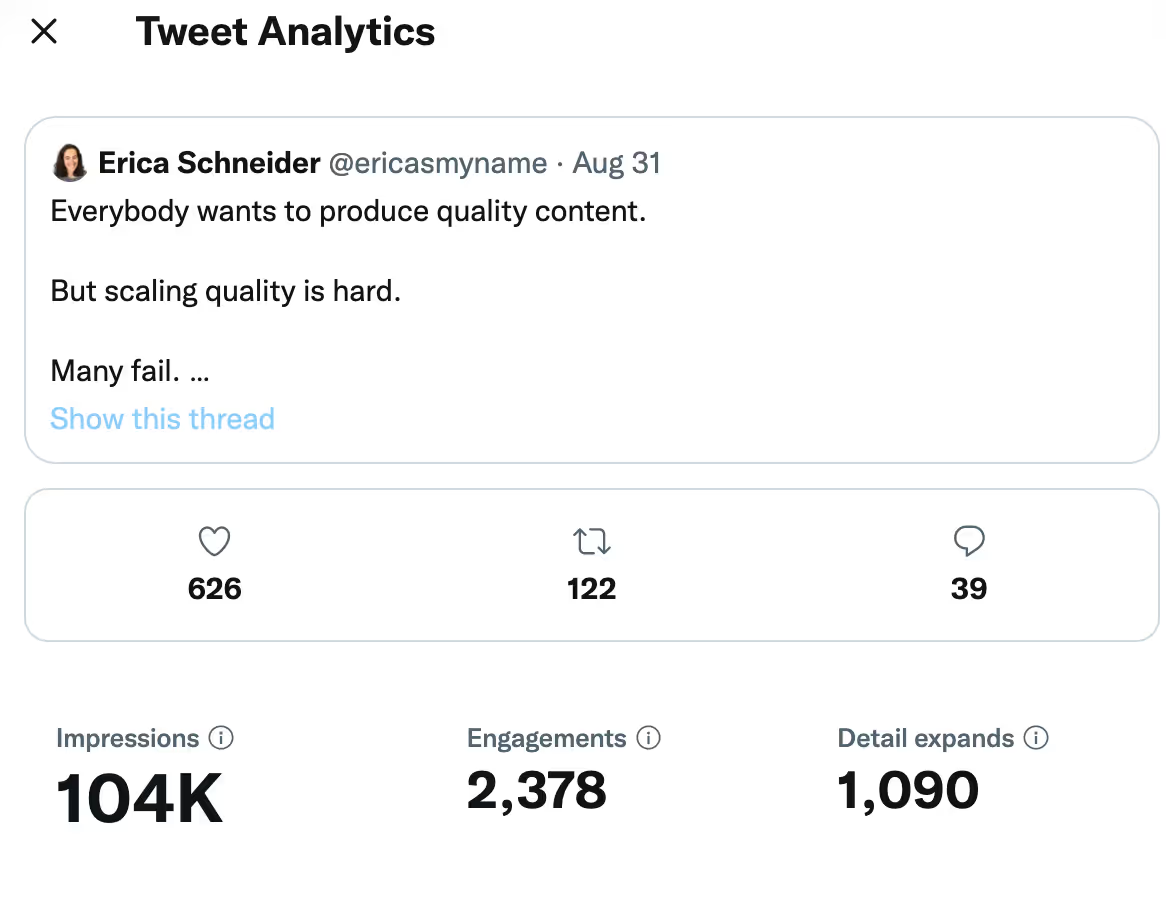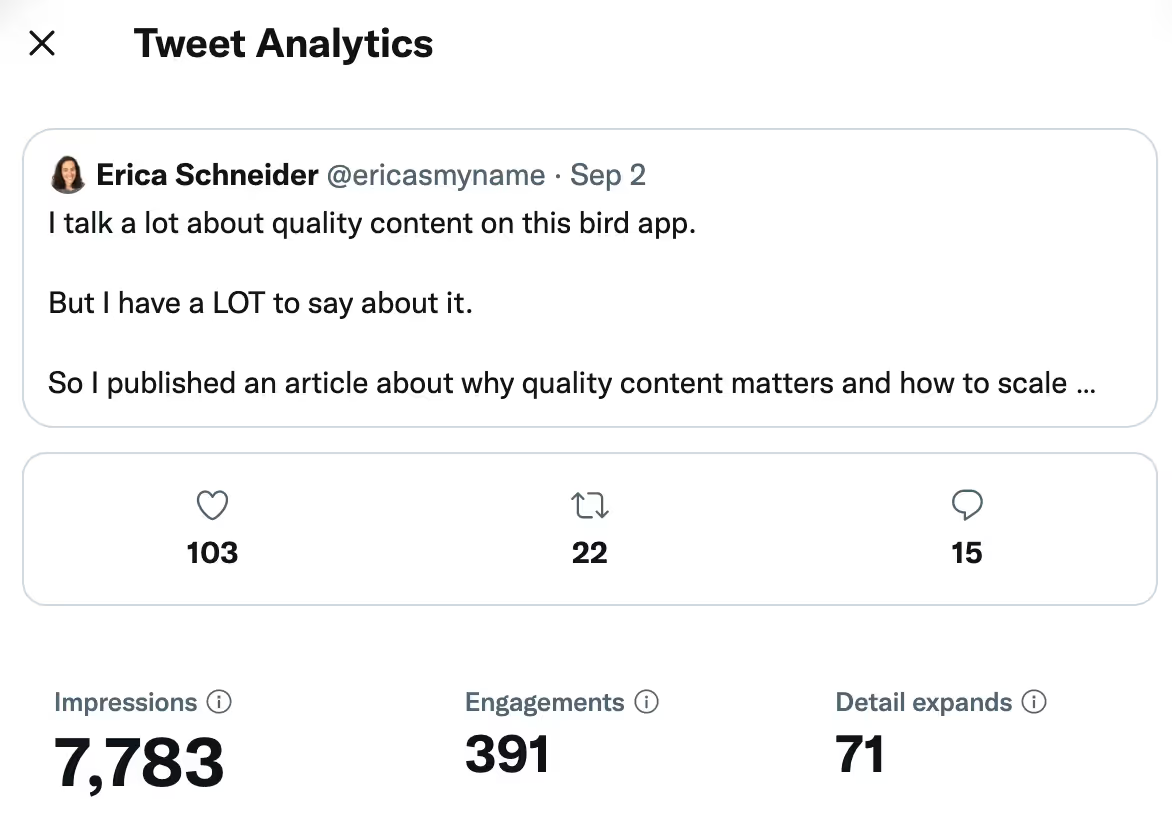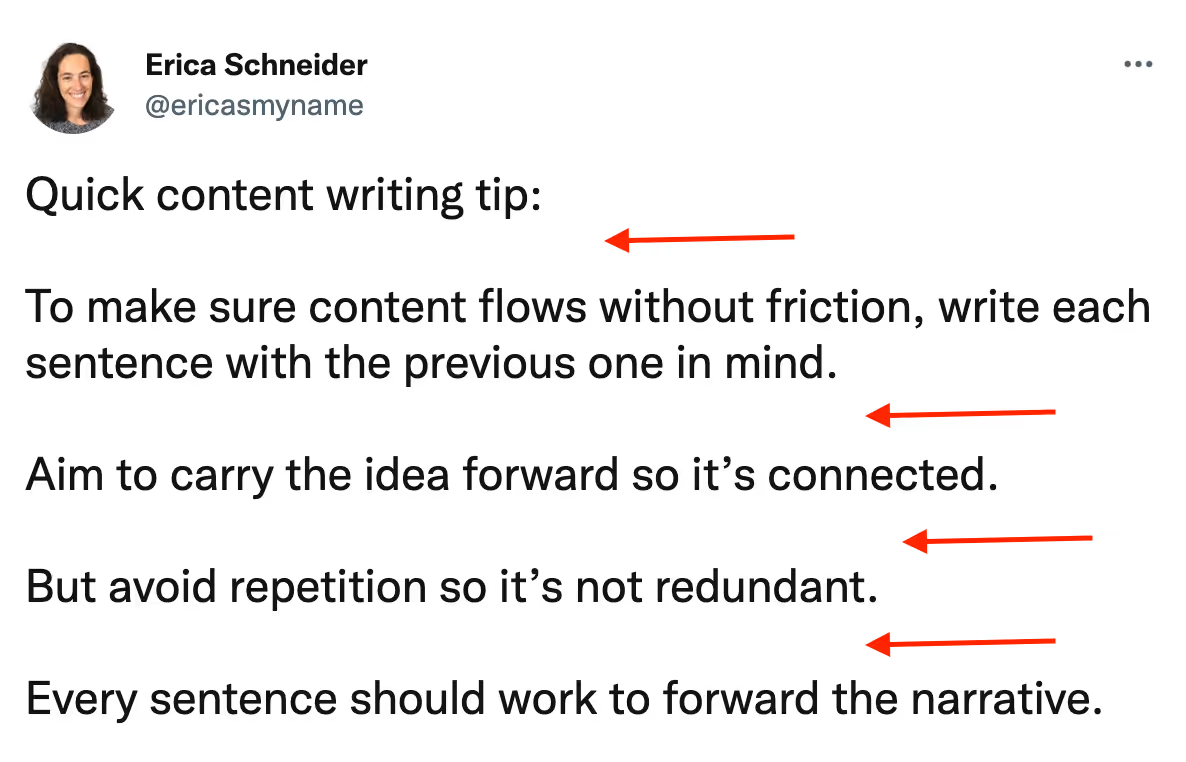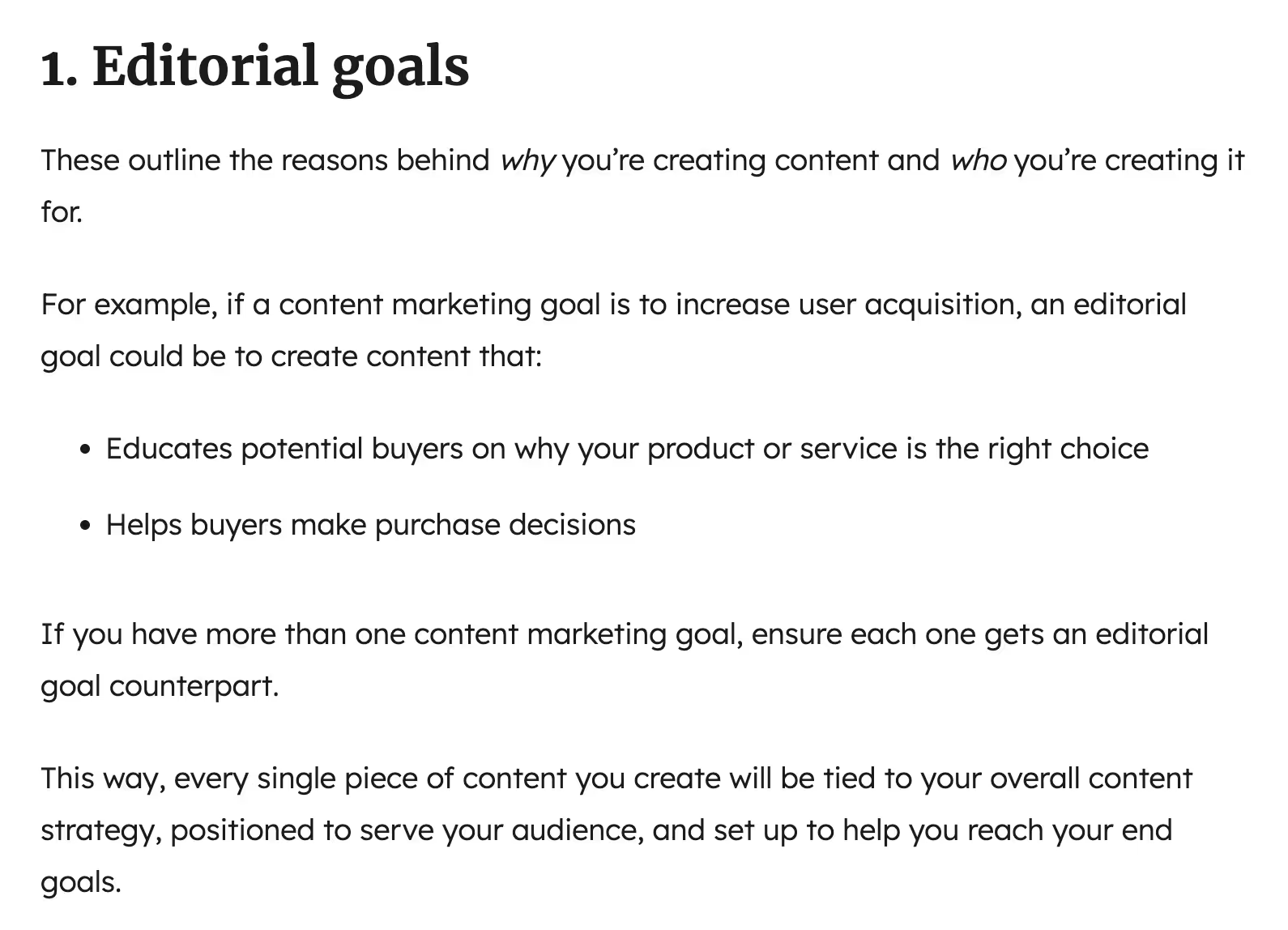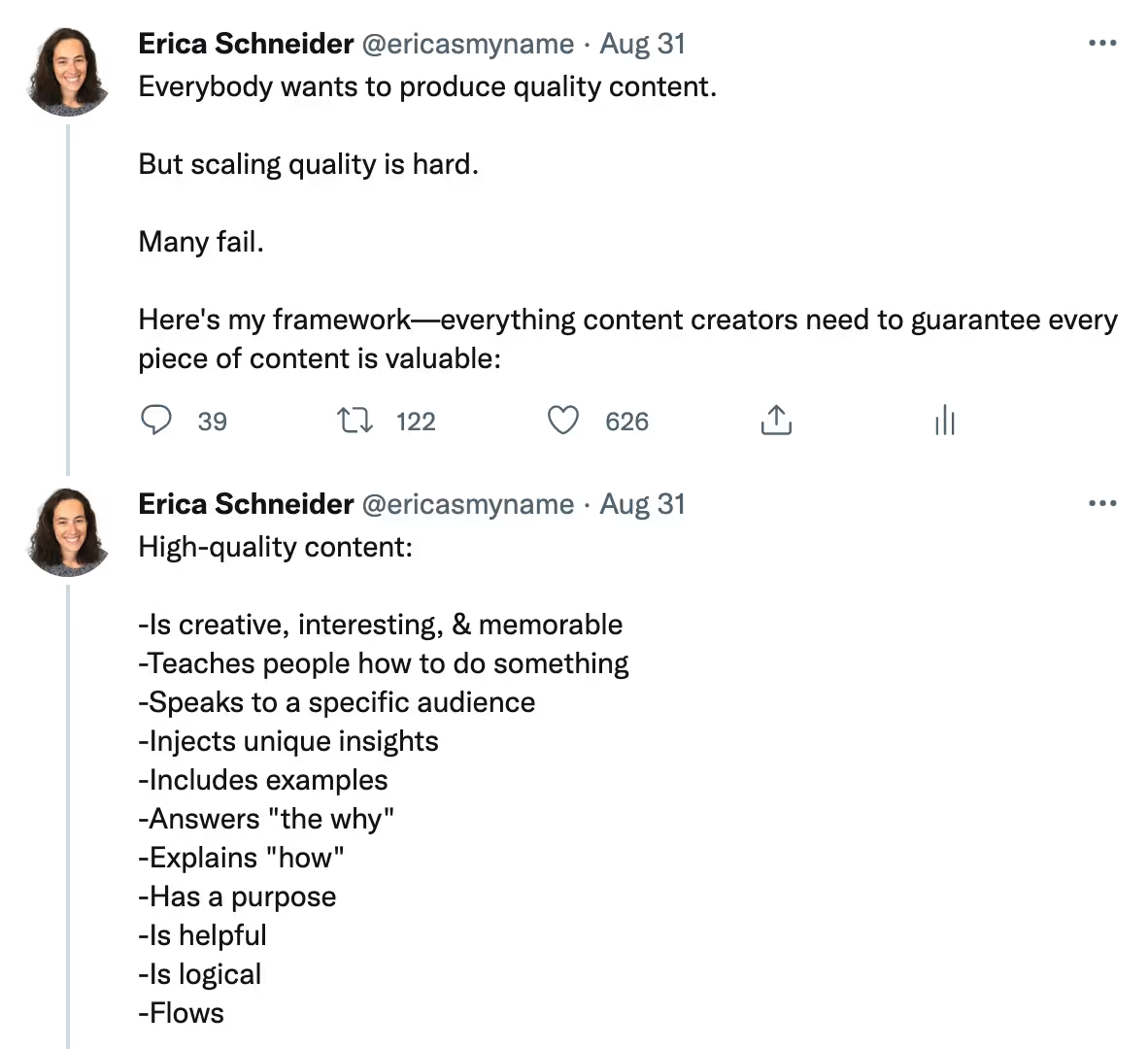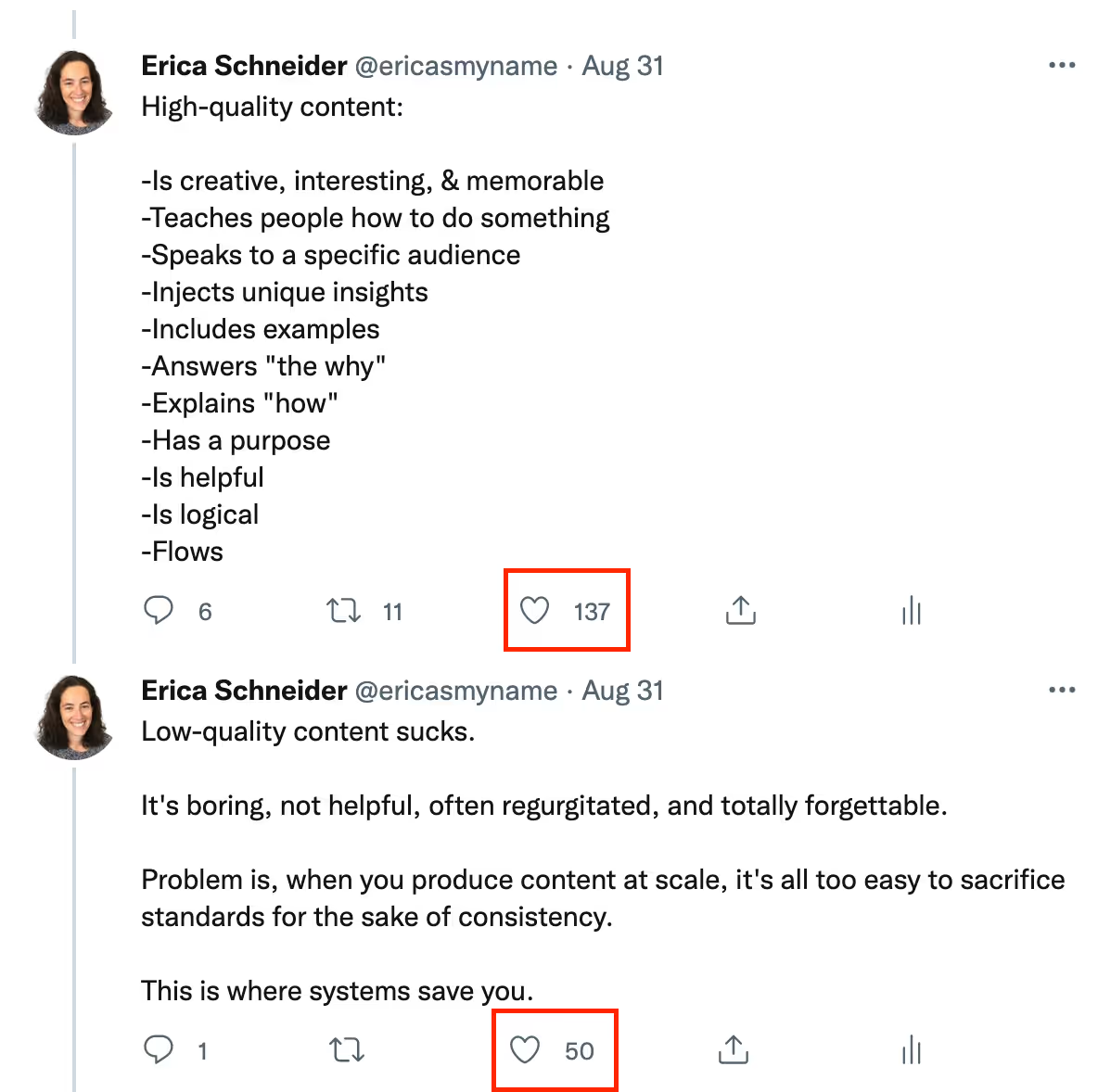In this article, you’ll learn how to create a digital PR-driven link building strategy, the content formats that generate natural backlinks, and how to achieve a link acquisition rate of 44% from your outreach.
Link building and the law of shitty clickthroughs
Most link building advice focuses on tactics like “broken link building” and the “skyscraper technique.” However, these approaches quickly lost their effectiveness due to how popular they became.
People bombarded link creators with emails that followed the same framework:
- A personalized first line containing a superficial compliment
- Details on the broken or outdated links in their content
- A request to replace it with newer, “better” content
It’s not an attractive offer. You’re competing with dozens of SEOs following the same advice, even using identical email templates word-for-word. Some people suggest nurturing link creators on social before reaching out, but this is both time-consuming and insincere.
This results in burning relationships before they’ve even begun. There’s a misalignment between common practice and what link creators care about.
The more link creators are exposed to an approach, the more they’re aware of the intent behind it and the less effective it becomes. It’s the law of shitty clickthroughs in action.
The solution: produce creative and data-driven content
The link building practices above lack three critical elements to successful, long-term link building:
- Creating something truly interesting;
- Providing link creators with something they value, and;
- Intelligent, well-targeted outreach.
This means producing data-driven and creative content while establishing long-term partnerships with link creators, not treating them as commodities.
This philosophy is how we’re able to generate an average response rate of 37.5% and a link acquisition rate of 44% across our B2B digital PR campaigns.
Two proven principles must act as the foundation for your digital PR and link building campaigns:
- Data: Collect data in the form of studies or benchmarks, or curate existing and third-party data to create a unique narrative
- Creativity: Produce assets, media, and tools to ride trends and delight audiences
Let’s dive into three specific formats that employ these principles, along with examples from brands who use them:
1. Become a go-to source of data with industry reports
Studies and data-driven reports are a tried-and-tested approach to digital PR. They help link creators back up their claims while offering readers new insights.
However, most industry studies fail to share something new. If they do, it’s executed in such an uninspiring and uninteresting way that they capture little attention.
This low bar for quality means it’s easy to stand out for marketers willing to put the work in. Providing a better experience, using good content design principles, or building interactive user experiences give link creators something attractive they can use in their stories.
For example, Mailmodo has positioned their State of Email 2023 report as a product they’ve heavily invested in:
Mailmodo improve the report’s perceived value by:
- Collaborating with other SaaS brands during the production and promotion phases
- Communicating the value of the ebook with benefit-driven copy
- Increasing social proof by adding the Product Hunt “#4 product of the day” badge, further cementing its positioning as a standalone product
Buffer is another example of how great content design can improve performance with their State of Social report:
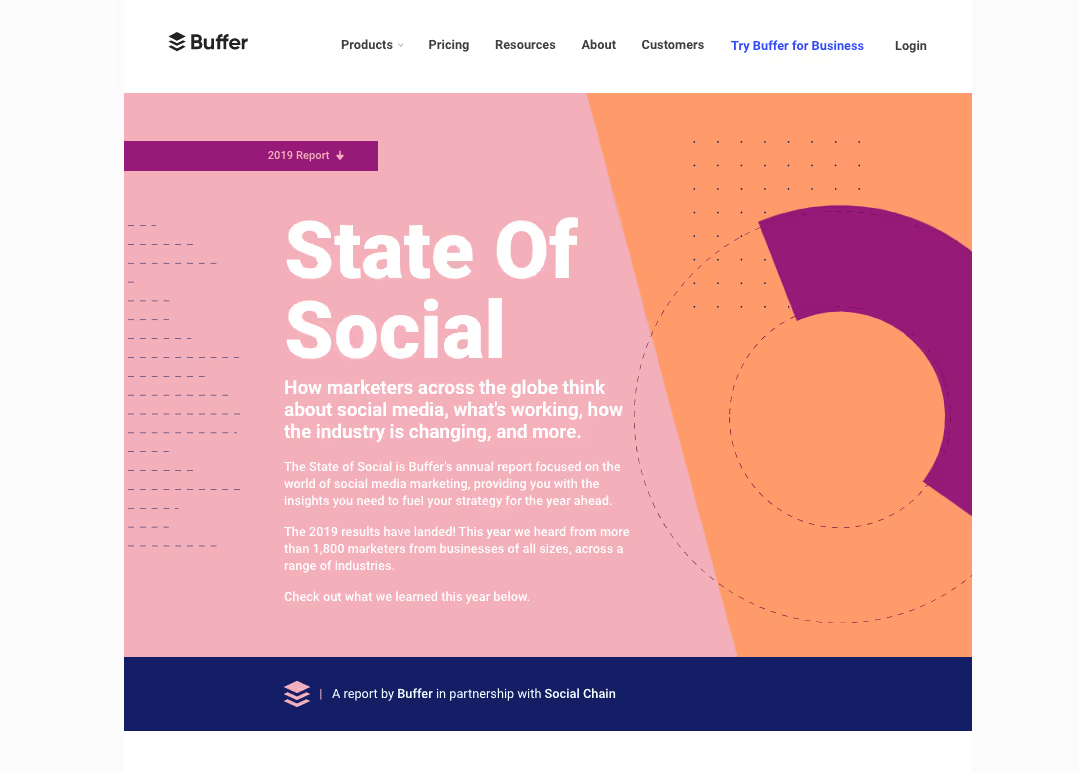
At the time of writing, Buffer’s report has generated over 2,800 backlinks across 1,220 domains—including mentions in Entrepreneur, HubSpot, Search Engine Journal, and other leading business and marketing publications:
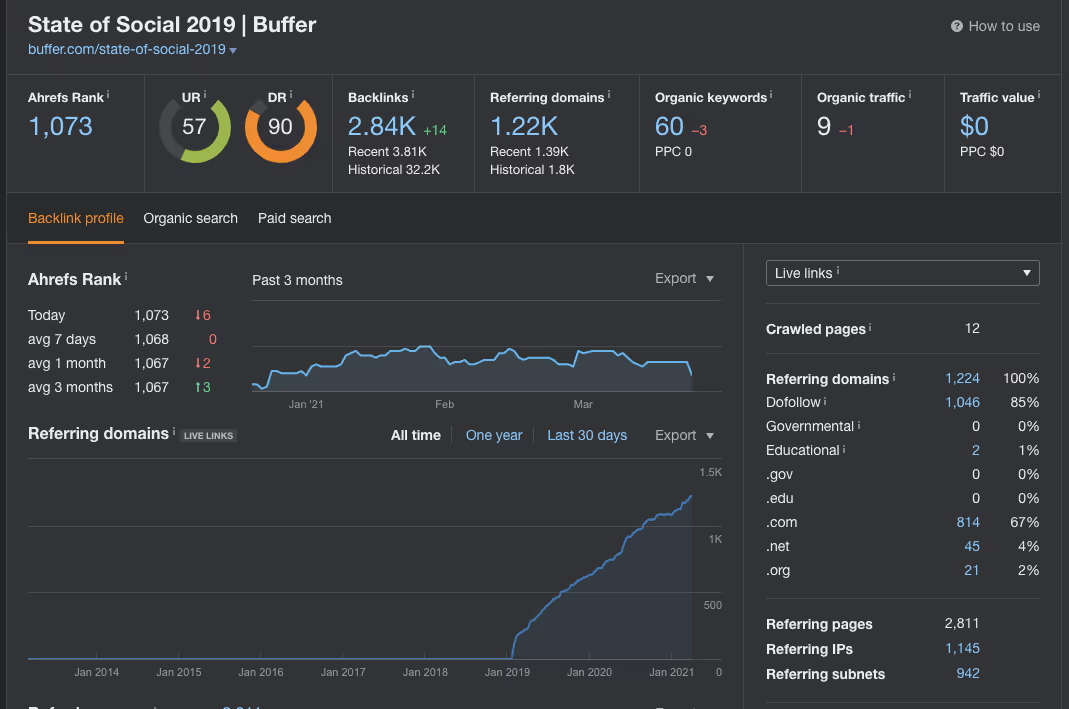
While these reports generate little search traffic, the increase in domain authority combined with intelligent internal linking lifts all ships.
1. Find a relevant and unique angle
All great data-driven projects start with a unique angle. For example, dozens of sales studies are conducted every single year. Pipedrive is one of the few to create a statistically-backed, journalistic-style dive into the state of diversity and inclusion in the sales workforce:

Find an evergreen angle, or uncover a newsworthy trend that’s top-of-mind in the industry zeitgeist. You can do this by:
- Following influencers who regularly share industry updates
- Using tools like SparkToro or BuzzSumo to identify emerging trends
Focus on rising trends that are most relevant to your brand, product, and audience.
Furthermore, prioritize those where you have experiences, stories, and expertise to further hypothesize around the data. This is how you position yourself from a “resource hub” to a true thought leader.
2. Collect and source statistically significant data
The most challenging part of this process is sourcing a statistically significant dataset.
We’ve found the most effective methods of collecting data are:
- Analyzing owned product data. For example, an email marketing platform organizing open rate benchmarks across industry segments.
- Scraping publicly available data. For example, scraping the backlink profiles of data-driven content from Ahrefs.
- Industry and persona surveys. For example, collecting 500 to 1,000 responses from content marketers for a “State of Content Marketing” survey.
- Collaborating with other brands. For example, offering an audience intelligence brand to analyze their owned data to produce a benchmark report.
Collecting data is just the first step. Finding if there’s a story worth sharing requires careful and honest organization of the dataset you’ve collected.
Finding a data analyst to help you is key. The best analysts also understand that the way data is framed will inform the narrative. Get them involved from the very beginning of your project to ensure good data hygiene and accuracy.
3. Package up key findings for link creators
While data is the foundation of great data-driven content, presentation is key. Accompany your data with beautiful visual assets that content creators and journalists can easily embed in their content.
For example, Pipedrive repurposed the most interesting findings from their State of Sales report into a blog post, complete with easy-to-share infographics:
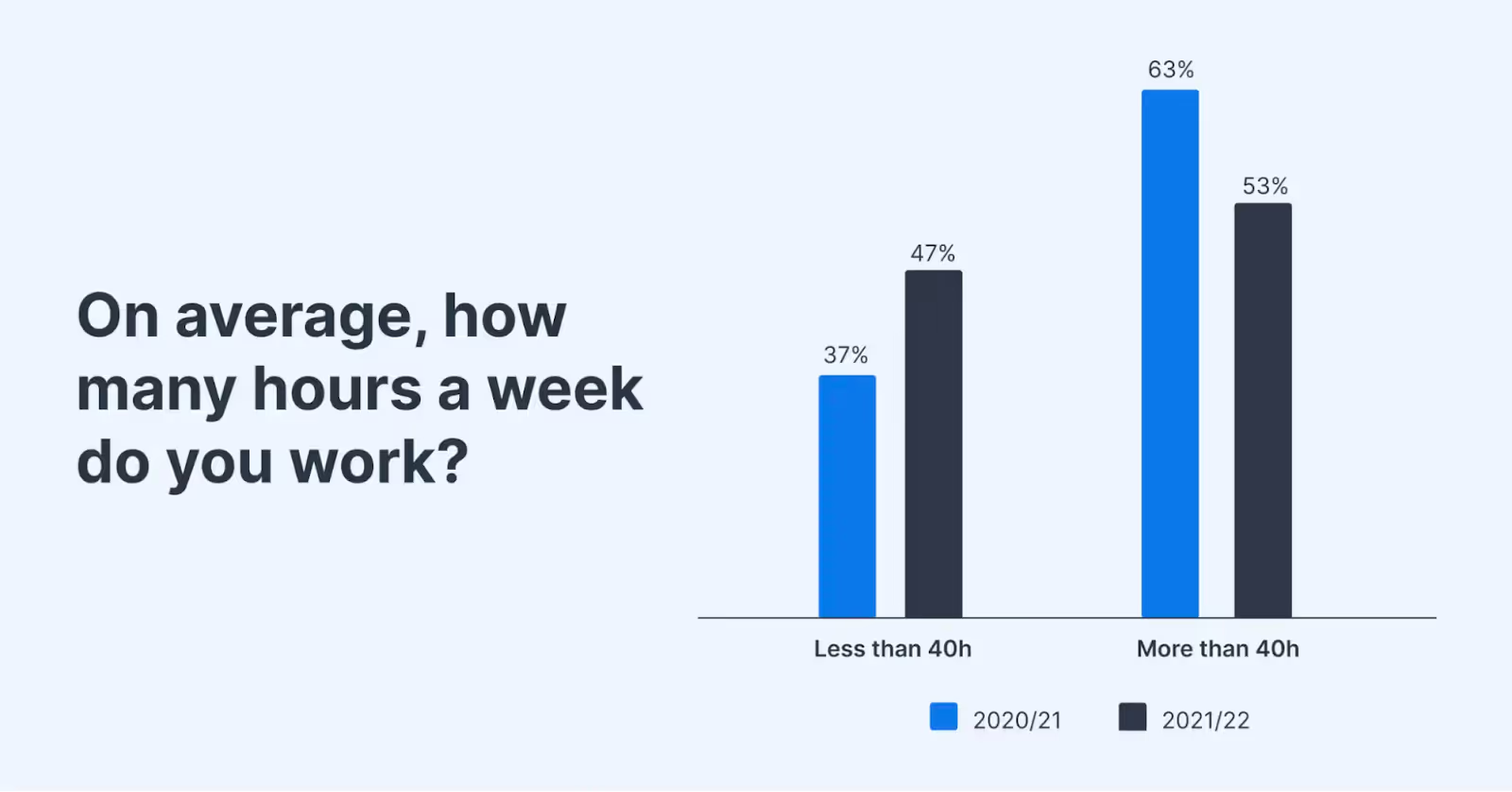
This makes earned content more engaging for readers while extending the reach of your owned content. As more people organically discover your story, the more natural links you’re likely to generate.
Add your opinion to build thought leadership around your findings. Include this in your outreach as commentary to empower journalists to tell the full story.
2. Elicit emotional responses with video content and documentaries
While there will always be a place for information, stories allow you to build a stronger connection with your audience and, importantly, the buyers considering investing in your solution.
The term “B2B” can be misleading. We’re really marketing to the people within an organization. Using media to share your customers’ struggles and successes not only establishes deeper connections, but help improve content marketing and SEO performance in the process.
For example, Mailchimp Presents is a solid example of using documentary-style video content to share customer stories. Creating their own Netflix-style platform, each series focuses on various topics in the realm of entrepreneurship, business, and the future of technology:
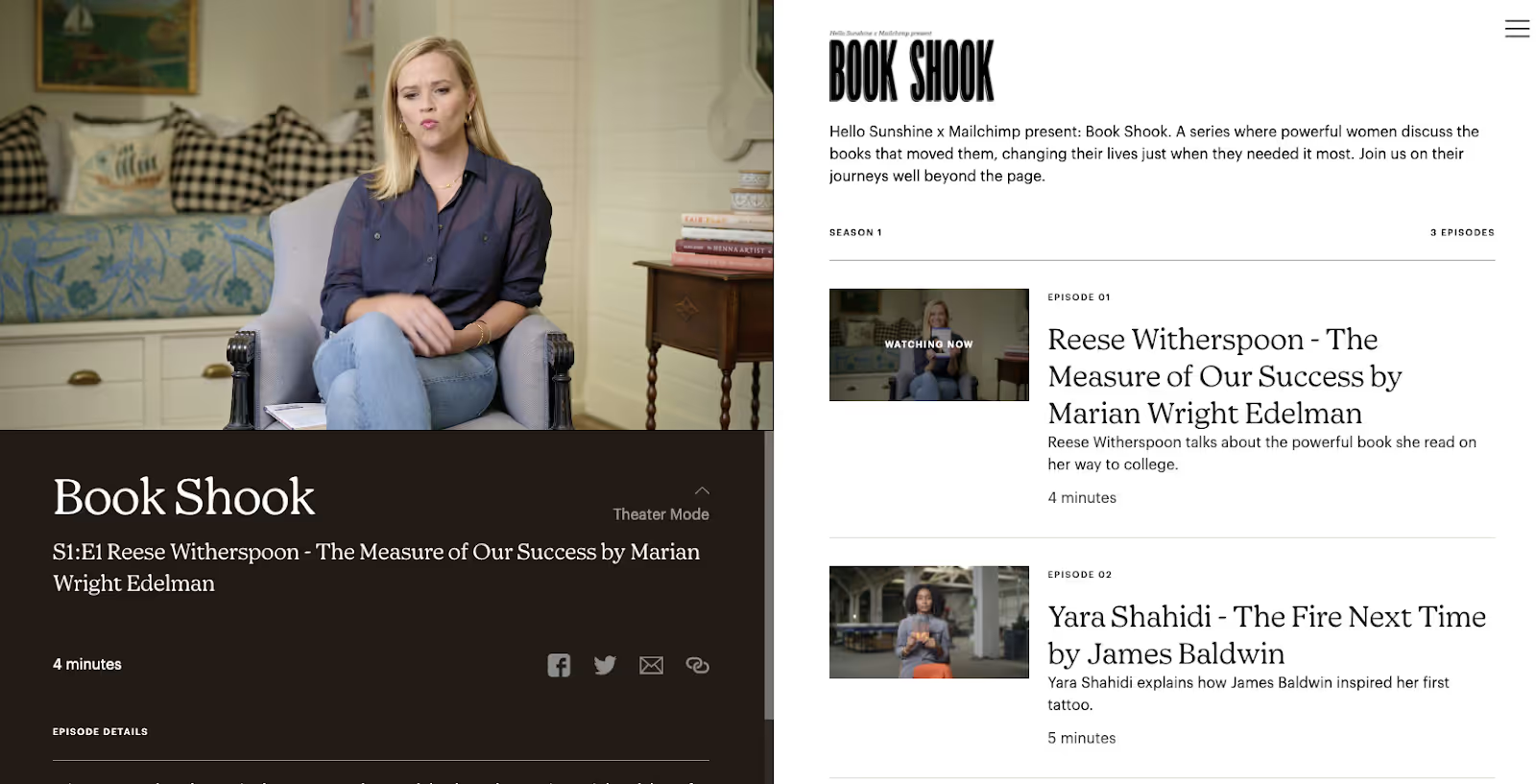
Their series “Book Shook,” as illustrated above, partners with influential and successful women like Reese Witherspoon and Jameela Jamil to share the books that have influenced them:
Mailchimp’s collection of video content is a tremendous source of backlinks, garnering media coverage every time they launch a new series. Each series launch is met with bursts of coverage followed by sustained backlinks:

How to create video content at scale
The best marketers make sure their brand gets out of the way of a good story. They make sure their customers or partners are the star, elevating the struggles and successes that their audiences truly care about.
Black Fish covered the corruption of Sea World, but the story was really about Tilikum.
The first step is to find your muse. What story do you want to tell, and who does it belong to? This can include experts within your organization, but don’t forget to look outside and ask yourself: who else would our audience be interested in learning from?
Next, decide on a format. Will it be an episodic series, a one-off video for YouTube, or a podcast?
Understand which formats and platforms your audience is already familiar with and cater to those tastes. Kristen LaFrance does a terrific job of this with Shopify’s Resilient Retail:
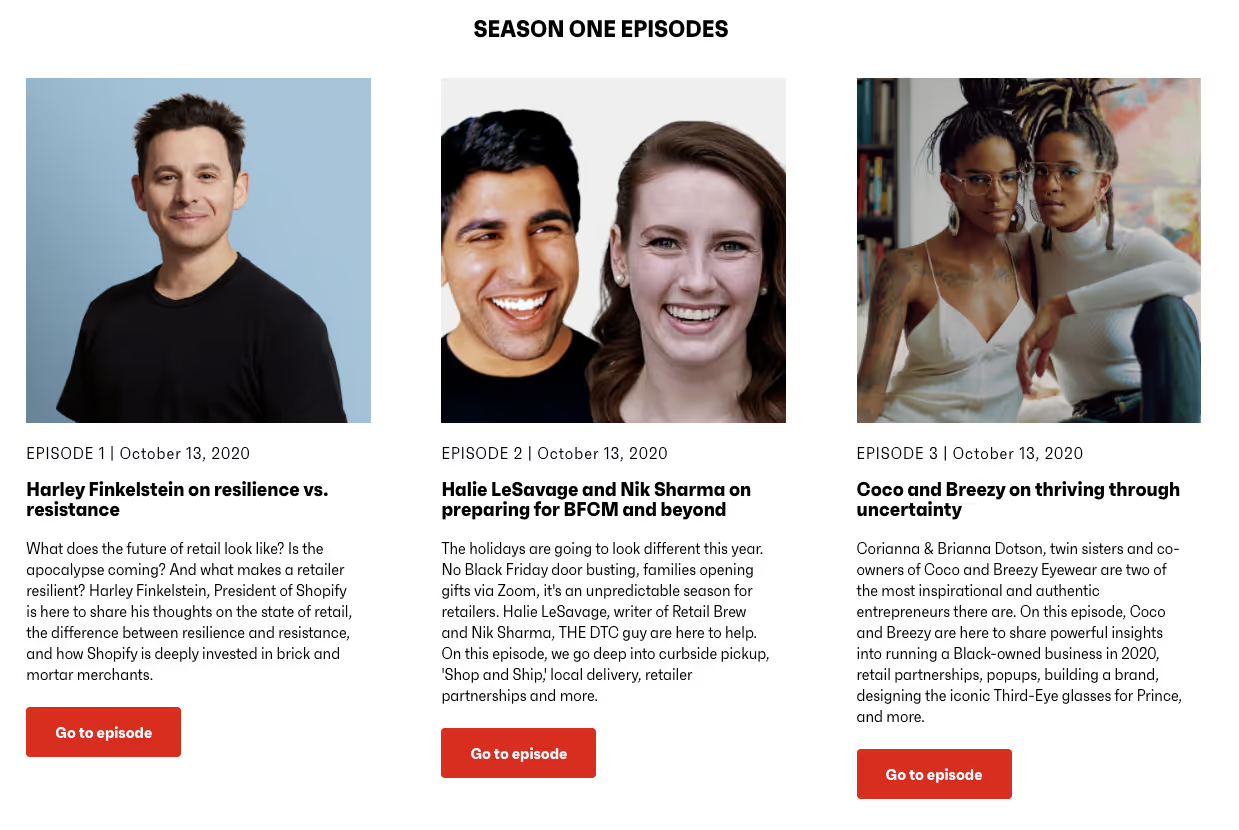
Don’t forget about the repurposing power of your content. Each video can be repurposed into podcasts, short-form video for social, and long-form blog content. Recycle it over and over again for maximum visibility.
Video content production can seem daunting, but it’s not nearly as complex or expensive as it used to be. Check out our complete guide to video content production to learn more about scaling your video marketing.
By starting small, you can replicate Mailchimp’s approach to building a media brand centered around high-end production values.
Collaborate with other creators to enrich your stories while helping them access a wider audience to capture as much attention as possible. This improves the quality of your content, broadens the stories you can share, and gives you access to a wider audience in the process.
3. Generate buzz and excitement with standalone resources and tools
Launching standalone products, tools, and microsites can generate vast amounts of buzz and attention. A great example of this is Mention’s Influencer Marketing Stack:

This standalone resource has generated over 1,900 upvotes on Product Hunt and over 847 backlinks from publications like Inc., The Next Web, and Content Marketing Institute.
Here’s what Mention did that helped make this resource a success:
- They exceed value expectations: The microsite provides tools, a directory of agency vendors, and how-to information that marketers can learn from.
- They partnered with top brand: Collaborating with the likes of HubSpot, Later, and BuzzStream extended their reach while increasing the authority of the resource.
- They followed a deliberate launch plan: Mention didn’t achieve success by accident. They coordinated with partners and advocates to make as big an impact as possible on launch day.
Not only do microsites and standalone resources serve your audience, they also provide link creators with a source they can refer to in their own articles and stories.
How to rapidly create and launch resources and tools
Even when building products for digital PR, you must start by discovering what the market is hungry for—or at least curious about—and validating it. Just like you would any other product.
Talk with link creators you already know for their opinion on your project. Share its purpose and how you plan on delivering value to your audience. Ask them for their opinion and validate its coverage potential.
Customer research is critical for finding new angles and validating what you’re building. We’re not building a startup here, so a burning problem isn’t required. However, your resource or tool should provide utility and garner some level of excitement.
If you’re building an app or software, enlist the help of in-house engineers or an agency like Grizzle. Alternatively, use no-code tools like Bubble and Webflow to build an MVP without technical know-how.
The same goes for microsites. Building standalone experiences is easier than ever, thanks to no-code development tools and website builders.
Create something worth linking to
If your link building KPIs look a little flat, consider evaluating what you’re creating and how you’re reaching out to link creators.
Most journalists, bloggers, and influencers are always looking out for new stories to cover. However, if you’re not seeing the results you expect, it’s likely they’ve seen what you’re offering a thousand times.
Reverse engineer where their attention is going. Think beyond skyscraper content. To acquire links, offer something truly interesting. Do away with superficial outreach and see your response rates soar.













